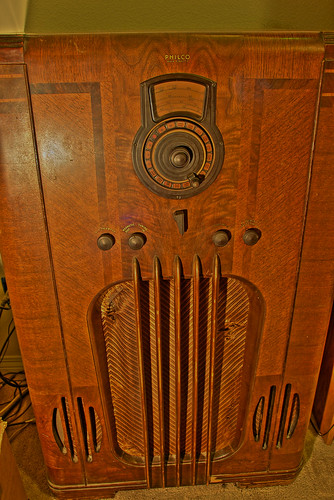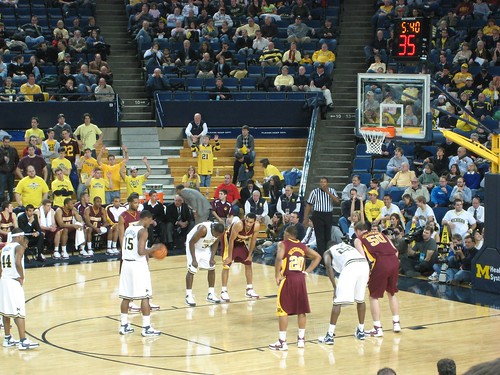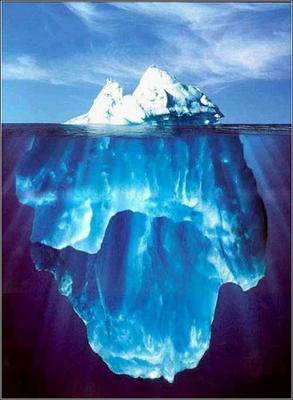Title: "Flowr brains"
Photographer: William Hart, Ph.D.
http://bit.ly/1meoMVj
Description: "via Instagram bit.ly/1qZ5au9"
Taken: August 31, 2014 at 09:38AM
(C) William Hart
This is a blog about my teaching, research and service with some occasional personal comments thrown in.
These are my notes on a variety of topics. If you want to follow my blog posts on a specific topic, then see the Table of Contents in the right-hand column. While I try to work in the realm of facts, logic and moral absolutes, if there are any opinions expressed here, they are my own. -WilliamHartPhD



 |
| Source: Flickr (CC - KN6KS) |

"One excellent way to define your goals is to keep a collection of images that inspire you. You could simply write down a list of photo ideas, but as photographers are generally visual people, it’s usually more effective to collect pictures. Subscribe to magazines or visit the library. Look though catalogs, books, and Web sites like BetterPhoto.com—anything with the kind of photographs you enjoy" (Miotke)
 |
| Photo by mollyali (flickr.com). Photo used under Creative Commons license and embedded using the Flickr share feature. |
 To go beyond the above basics about composition, I'd recommend The Photographer's Eye: Composition and Design for Better Digital Photos
To go beyond the above basics about composition, I'd recommend The Photographer's Eye: Composition and Design for Better Digital Photos



 A technology usually has two components: hardware and software (Rogers).
A technology usually has two components: hardware and software (Rogers). “a design for instrumental action that reduces the uncertainty in the cause-effect relationships involved in achieving a desired outcome”(Rogers
“a design for instrumental action that reduces the uncertainty in the cause-effect relationships involved in achieving a desired outcome”(Rogers |
| OpenClipArt.org |
 |
| Everett M. Rogers (1931-2004) |